History of: The Sporran
The Leather Sporran
“bare-legged, with shaggy cloaks and a small bag.”
This romantically rough (but likely accurate) description of a twelfth-century Highland warrior would be incomplete without mention of that ‘small bag’. From ‘scrip’ evolved the Gaelic word Sporran, meaning purse. It’s long been considered an essential accompaniment to Highlandwear dress and even today, no Scotsman would don his Kilt without this trusted pouch.
So how did it come about? Here’s our brief history of the well-known hanging accessory, and how to wear yours today…

The Sporran was born out of necessity. Imagine the rugged men of the Highlands, frolicking and fighting their way across the Glen. The earliest known Kilt had a lack of pockets, so a primitive Sporran in the form of small draw-string pouches began to swing in popularity.
Often made from remnants of animal hide, usually deer or calfskin, the trademark tassels that still feature today once had a far more practical purpose. Used for swatting away any flies as the owner marched on, the design catered quite literally for storing scraps of food, and other valuable possessions close by.
Come the late seventeenth and early eighteenth century and Sporran design shifts from essential aide to statement of trend. Large tassels and brass metal clasps crafted for clan chiefs adorned new flap-top designs. Plain skins deemed simple in comparison to the Sporran’s made from new varieties of furs and hair, including fox and horse. And let us not forget the rather frightful and typically Victorian fashion of ‘Mask Sporrans’ – these unusual and slightly unsettling Sporrans utilise the entire head of one fateful, furry animal!
Regardless of taste, the Sporran remains a staple of traditional Highlandwear today.
But, hang on! How is a Sporran worn? Well that’s just it. Early Sporrans would be hung from the hip and it was King George IV who realised the benefits of a central-sitting Sporran. After his first visit to Scotland in 1822, he embraced Scottish culture by adapting the traditional Highland Kilt, opting for a lighter fit and a Sporran that hung from the middle – providing HRH with a wee touch of discretion on the throne!
The style caught on and today a Sporran is worn to the front of your kilt, sitting to the centre of your waistcoat, but not touching. The chain straps should match the finish on the fittings, which are either Nickel or Solid Brass at Mackenzie. Secure leather straps are held in place by special Sporran loops sewn on the back of the Kilt, handcrafted to match the main pouch – available from Mackenzie in butter soft Italian and Spanish hide, or vegetable tanned Italian Saddle hide.

Our collection would be incomplete without our Day Sporran design. Handcrafted using simple saddlery skill, we like to think the contemporary cut is a nod to those early calfskin pouches, redesigned to offer the modern Scot a convenient but beautiful piece of tradition…
Ever wondered how a Sporran is made? Watch the Mackenzie ‘Making Of’ video below – and be sure to subscribe to our YouTube channel to discover more handcrafted content!
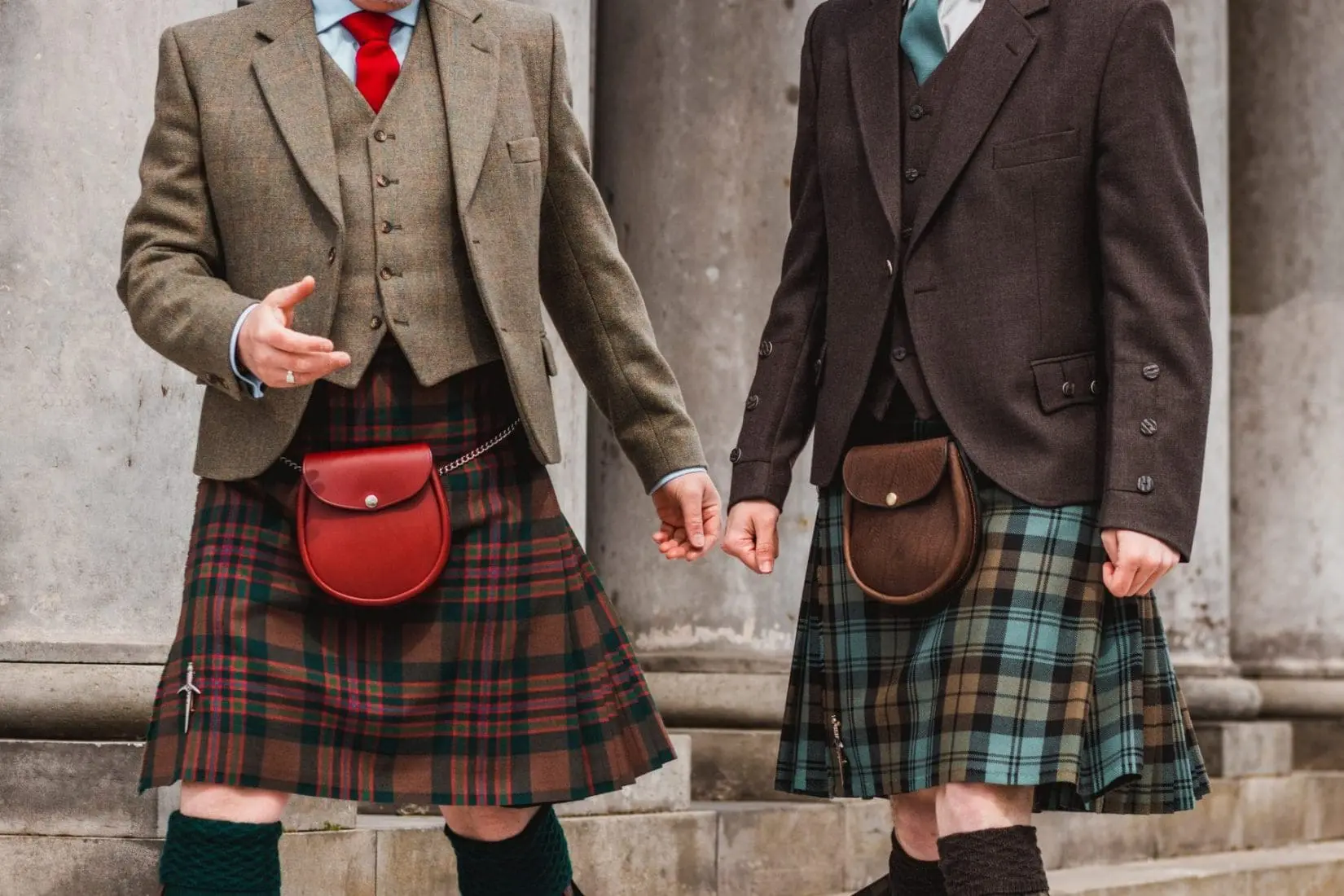

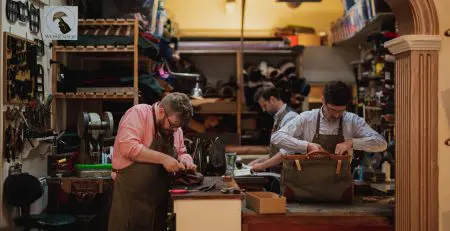
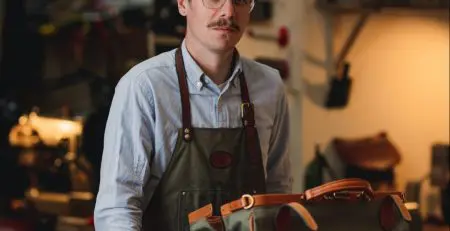
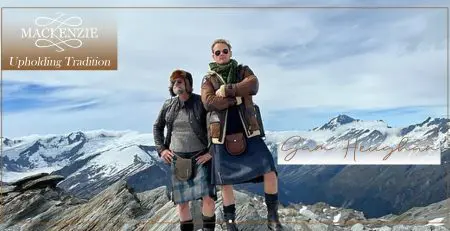
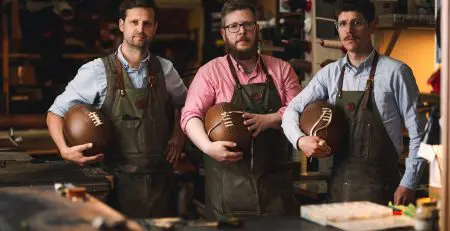
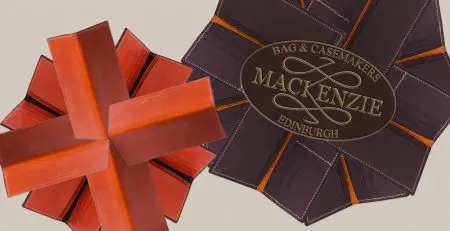
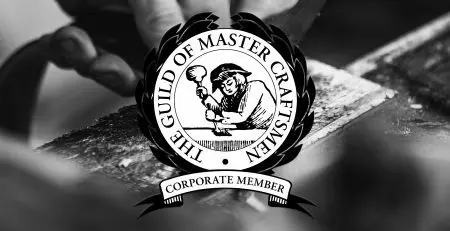

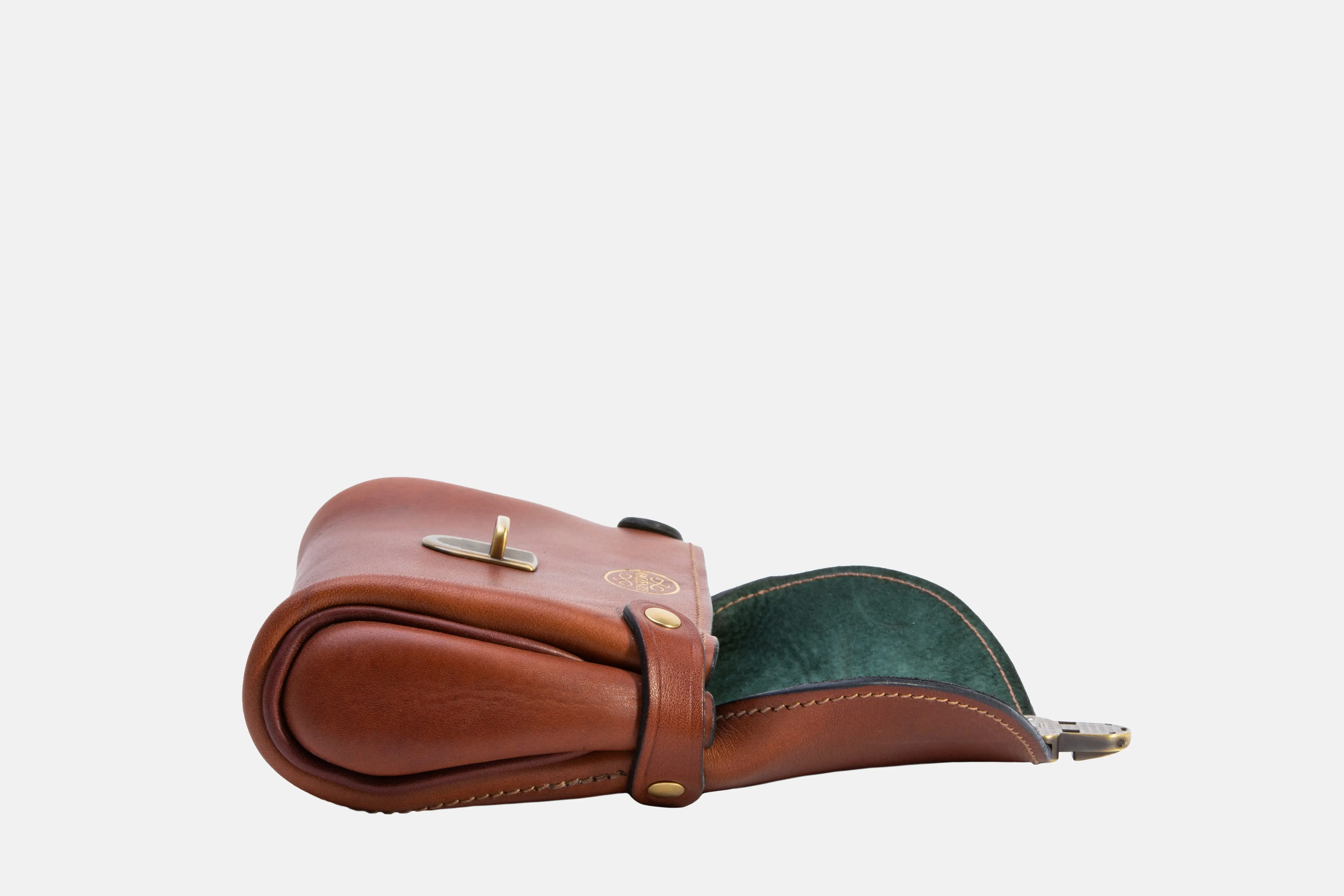
Leave a Reply